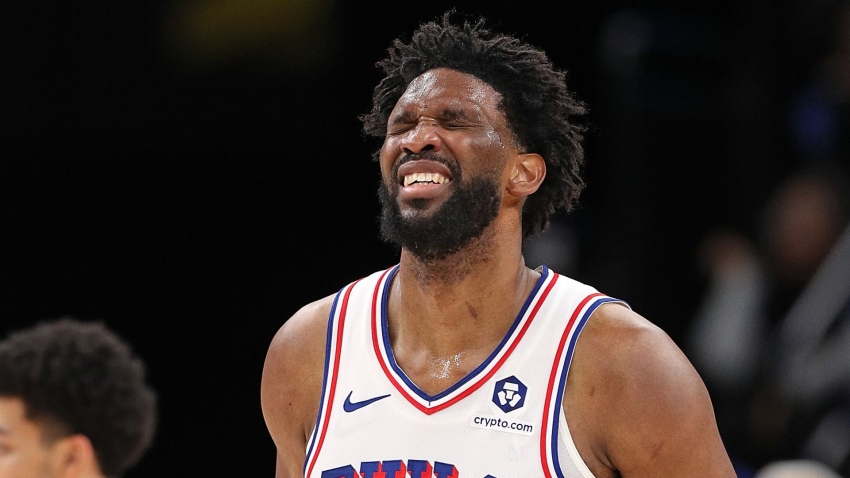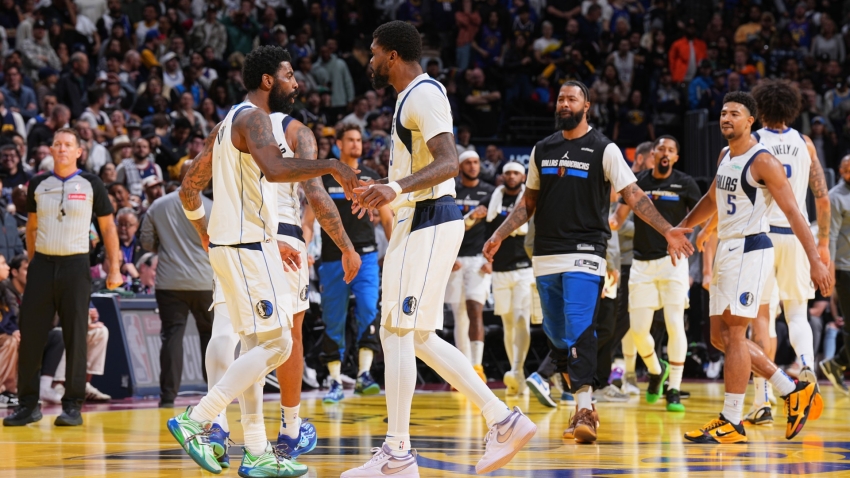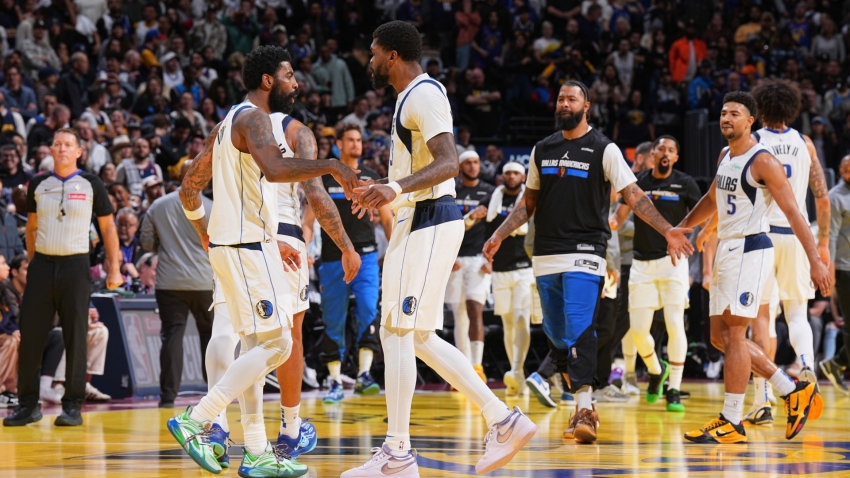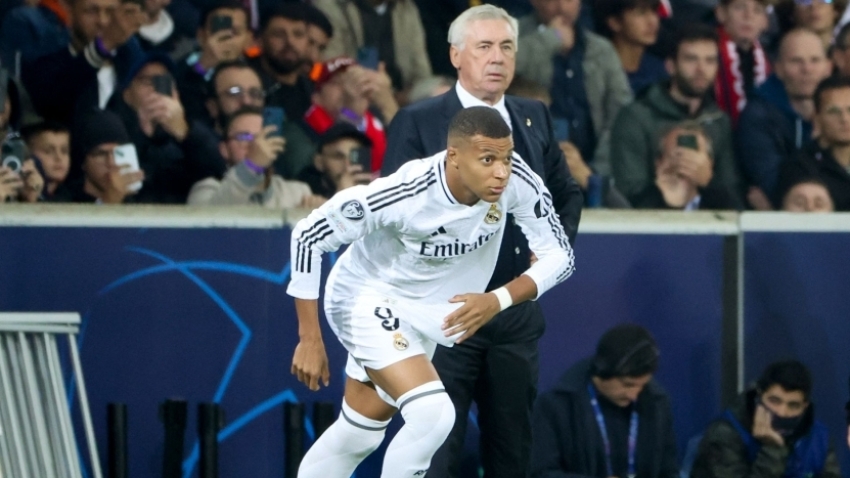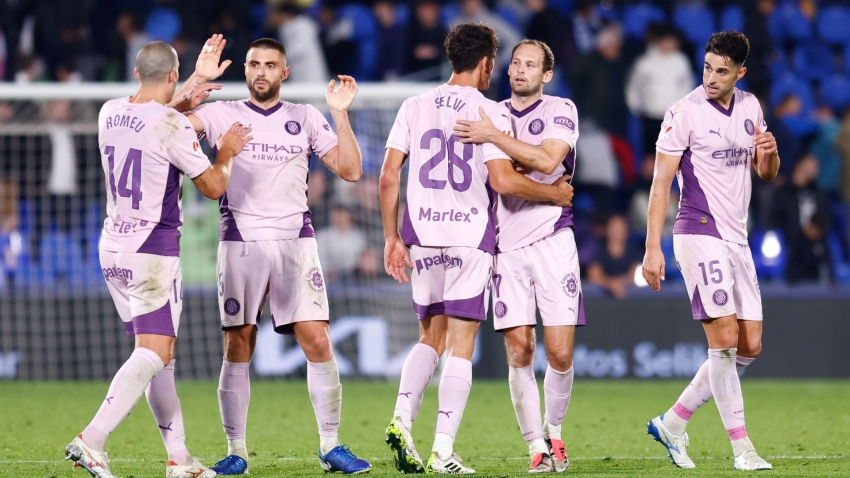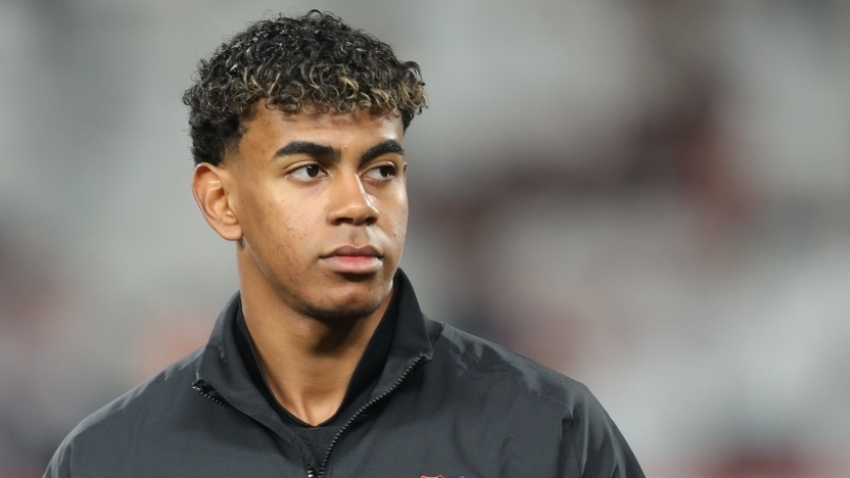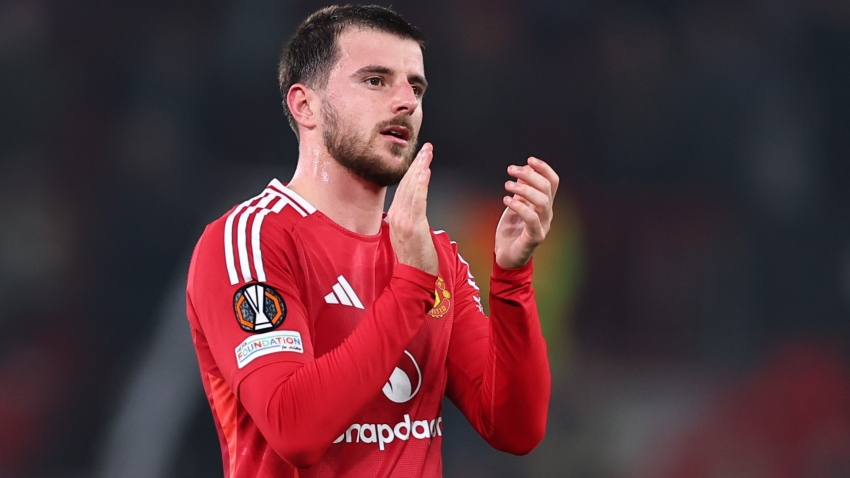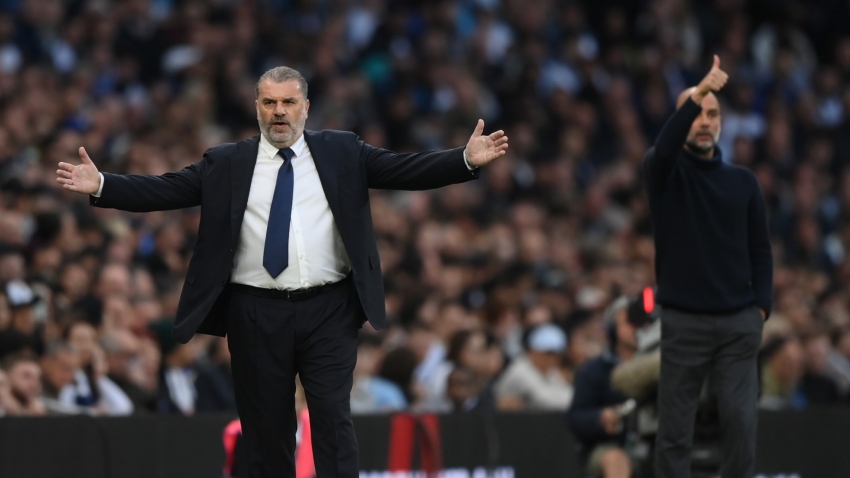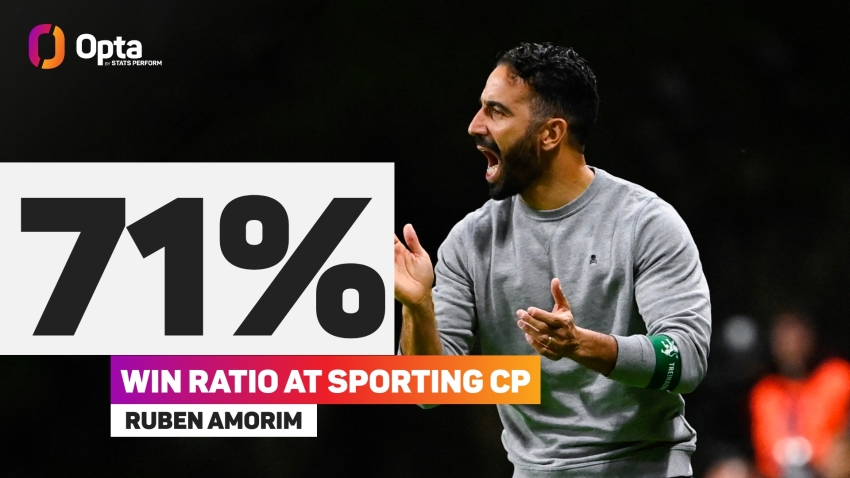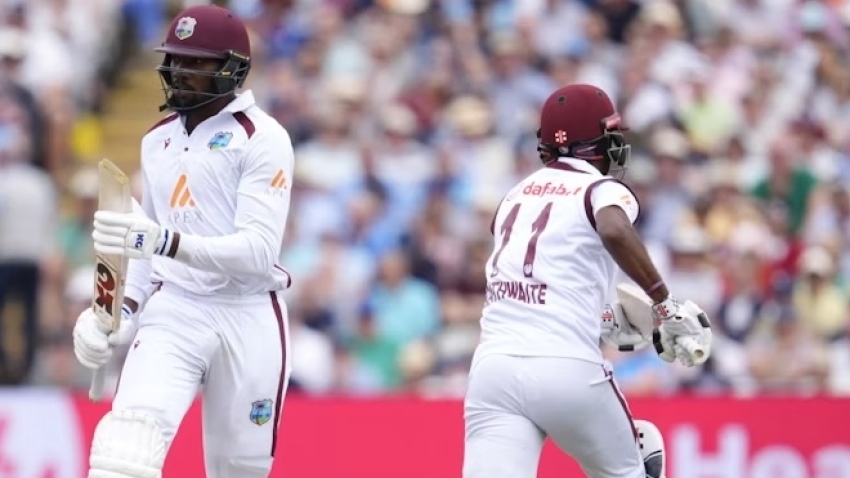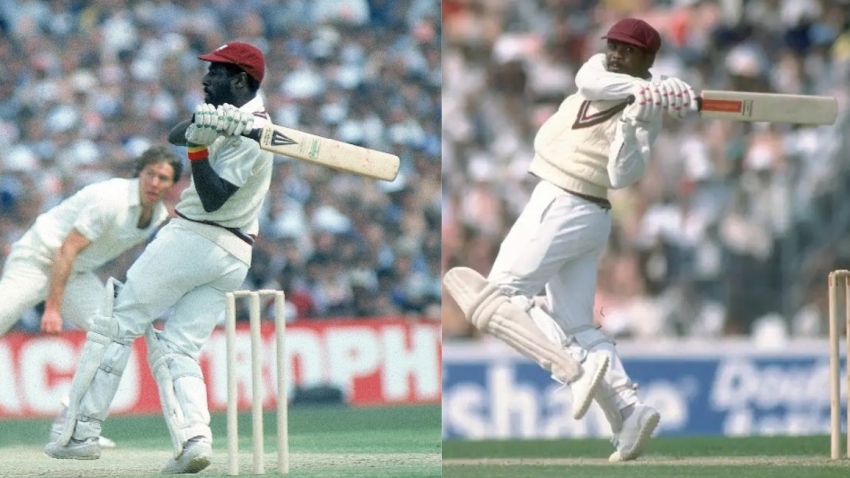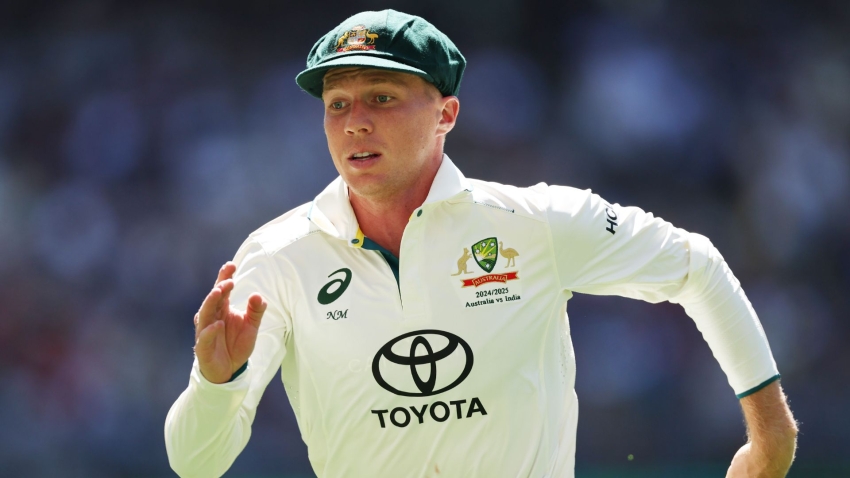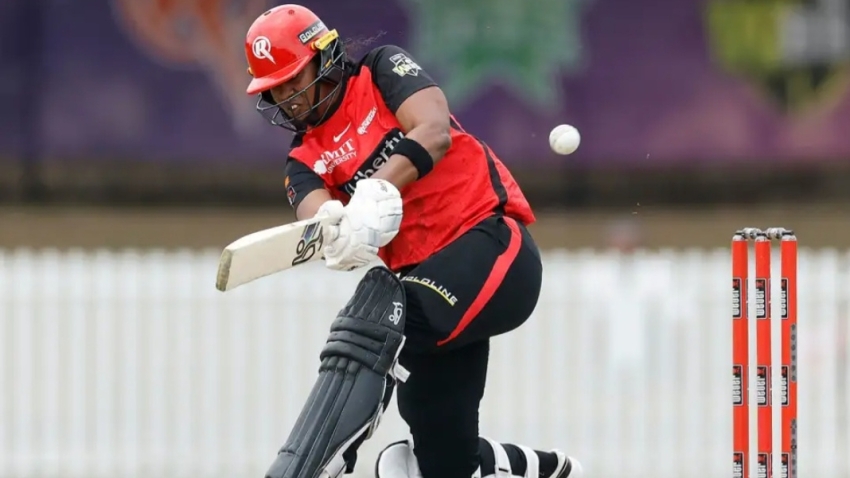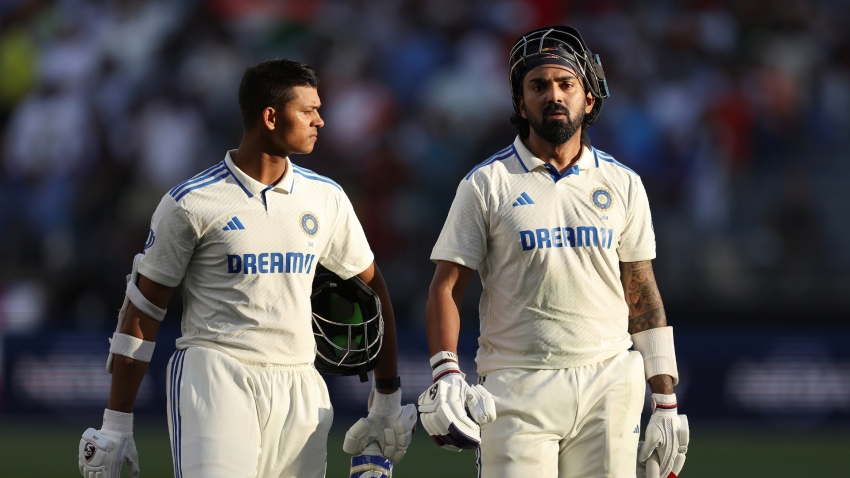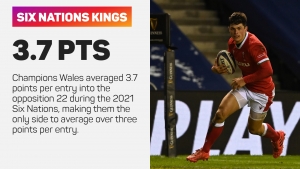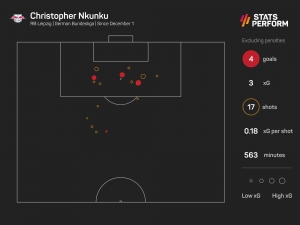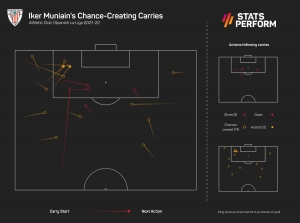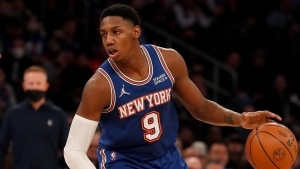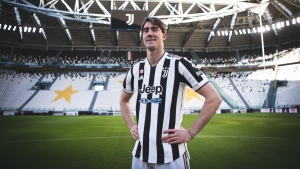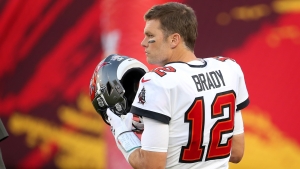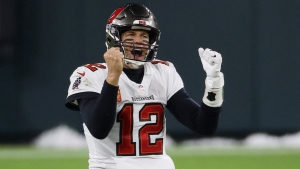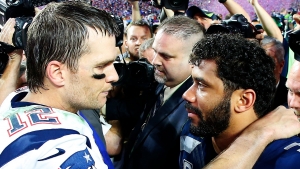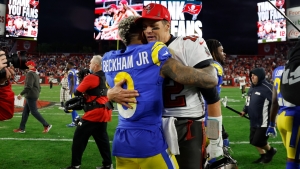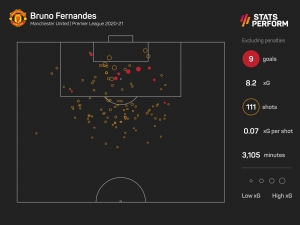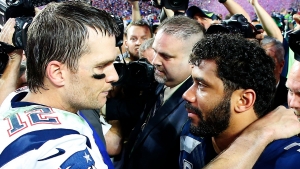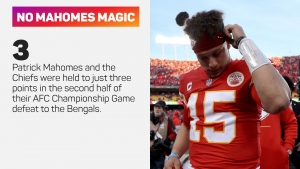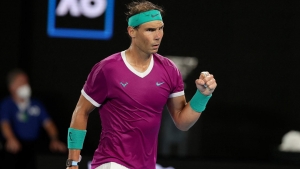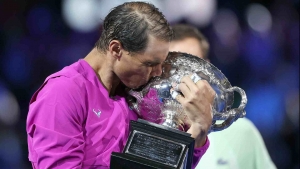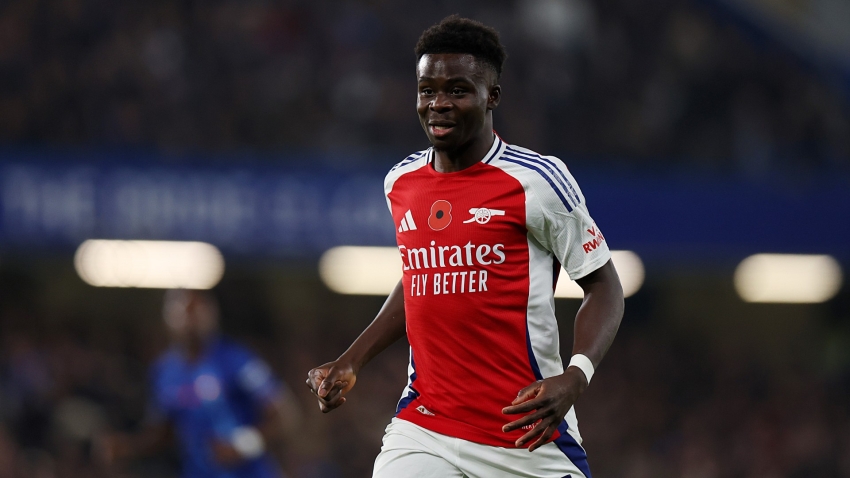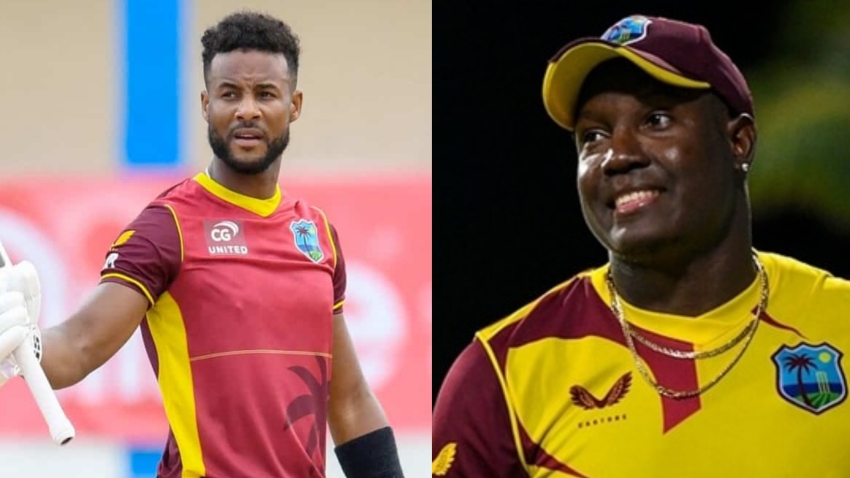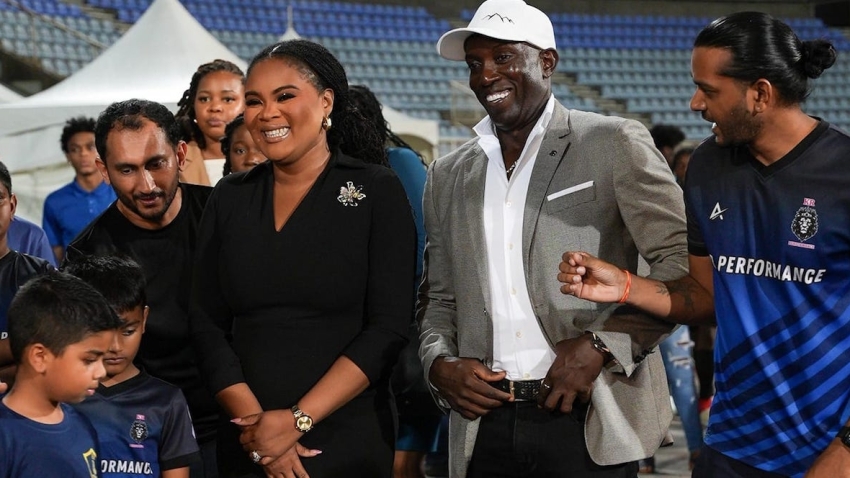George North is looking forward to the day his children face the big choice: cycling or rugby.
North is also looking forward to the Six Nations Championship, starting this weekend, when Wales begin their title defence against Ireland in Dublin.
There is an awful lot for this 29-year-old to be looking forward to, now that his injury hell has passed.
For now, North is enjoying the freedom of being able to run again, after suffering an anterior crucial ligament (ACL) injury in his right knee last April, playing for the Ospreys.
It ended his year on the rugby pitch, ruining hopes of a starring role for the British and Irish Lions in South Africa and denying him a shot at the Springboks, Australia and New Zealand in the autumn internationals.
North would sooner have been healthy and active of course, but being sidelined has had its upsides. He and his wife, double Olympic cyclist silver medallist Becky James, welcomed their second son, Tomi, a brother for Jac, in October.
Rather than dividing his time between the family and Wales camps, North has been essentially a stay-at-home dad for months on end.
"It's been brilliant. Normally I'm away playing or touring or something," says North, who is a Land Rover ambassador.
"To have this time at home, it's priceless. But Becky's been a superstar. When I had my surgery to start with, I couldn't do much on crutches with Jac, and obviously Tomi's joined us now and he's class.
"I'm in that stage now where effectively I'm in pre-season again, and I'm absolutely battered when I come home from training. And I'm not much use to anyone, but she's been amazing through this whole process.
"It has been tough, but it's been amazing you know, the two boys are amazing. Thank goodness for Becky, because it'd have been a lot harder at one point, with one leg up and hopping around the place. Especially my surgery, it was very tough. But yeah, she's a superhero."
Wales have been Six Nations champions four times in the last 10 years. Despite being holders, however, few are giving them much of a chance this time around.
After all, Wales have been up and down with results in the tournament. Across the last five years, they have trailed in fifth twice, as well as clinching a couple of championships, including the 2019 grand slam.
This time, they head into the tournament without a clutch of key players: North is absent, but so too is captain Alun Wyn Jones, with Taulupe Faletau, Leigh Halfpenny, Josh Navidi, Ken Owens and Justin Tipuric also sidelined.
Head coach Wayne Pivac said his squad has lost around 680 caps' worth of experience, but Wales should still be no mugs.
The players Pivac has chosen for the tournament come with an average of 27.1 Test caps of experience, only topped by Ireland's 30.9 among the six teams.
Those that are missing are proven class, however. In last year's championship, Faletau had 66 carries, putting him in third place among all players, while Tipuric made the most tackles (82). Faletau was fourth on that list (74), and skipper Jones was sixth (72).
On the Six Nations all-time list, North, who has featured on the wing and at outside centre, ranks fourth for metres gained (2,548), third for defenders beaten (126), and third for most clean breaks (48).
Jones is top of the all-time tackles chart (719), with fly-half Dan Biggar a different animal to the absent lock. Biggar sits second on the Six Nations' all-time try assists list, after setting up 17 five-pointers in the competition.
To lose a raft of proven top-level talent would hurt any team, and North is not blind to that. He has been in and around the Wales squad since his late teens, however, so is certain there will be no defeatist attitude in Pivac's camp.
"Obviously there are a number of players out missing, and I think Wayne's come out with a stat of something like 680 caps that he's lost," says North. "That's a tough place to be."
But can Wales kick on regardless? North says so.
"Well, that that's the only way you get better, isn't it? By pushing the standards up every time," North tells Stats Perform News.
"I think for us, as Wales, we're used to being the underdogs, and we're always used to being kind of like always wanting more, and I think that shows in the performances that we have and the results we have had of late.
"From the lads' point of view, that's something they will certainly be looking at: how they push on from last year. Obviously winning the championship [is one thing], but you know the next step is backing it up again and as we said, it's going to be incredibly tough for the boys."
In the 2021 Six Nations, Wales made the most tackles of all teams (871), were third for tackle success with a healthy 88.2 per cent record, ranked second for lineout success with 90.8 per cent, and matched France for the most scrum success with 96.2 per cent.
Pivac's side averaged 3.7 points per entry into the opposition 22, making them the only side to average over three points per entry. It is a hard act to follow.
The loss of veteran skipper Jones gives 32-year-old playmaker Biggar the opportunity to lead the team into the championship.
"Yeah, it's not easy following the most capped player in the world is it!" North says. "I wouldn't like to follow Alun Wyn, put it that way.
"But what you're getting with Dan is a fierce competitor who drives the squad from the front row, right the way back all the way through to the full-back.
"He expects high standards of everyone, and he expects those standards of himself. I'm excited to see Dan as captain because what you see on the field is a fierce competitor. And that's not just on the field, that's Monday to Friday, and that's in whatever jersey he is.
"He expects the best for himself, and also the best from others because you know he is a competitor and wants to win."
North has the most international tries of all current players in the world game, and he has spoken of hoping to be available to Pivac at the back end of the championship. Wales have home games against France and Italy on March 11 and 19 to finish the campaign.
He longs to make his children proud, even though both are much too young to understand his day job, or to understand their mother was a world champion.
From the routines of parenthood to the cauldron of the Principality Stadium, North is focused on pulling out all the stops. Jac and Tomi are keeping him grounded but also fuelling his ambitions.
"Obviously they don't know what Dad does. They don't know what Mum used to do," he says. "And I think that's something that's special.
"I am looking forward to the day that I'd be able to play and Becky can bring the boys to watch. I'm incredibly proud and honoured to be able to play rugby, but to be able to share that with the boys and, you know, show them more. Whatever they want to do in the future, there's always that conversation, is it a bike or a rugby ball?"
North, who during last year's Six Nations became the youngest player to reach 100 caps for any country, is targeting the 2023 Rugby World Cup as a long-range goal.
That could add up to over two months away from home, and given he will be 31 by the time that tournament comes around, it might be a last shot at global glory.
"I've got a fair few steps to cross off before we get back in any jersey. Certainly it's something I want to be able to put my hand up and be fighting for my selection there," he says.
"I've been very fortunate to go to a few now, and you know that's a big push. It's not too far away, and it's something that is certainly exciting."
There he goes again, always looking forward.
:: George North is a Land Rover ambassador. Visit landrover.co.uk



